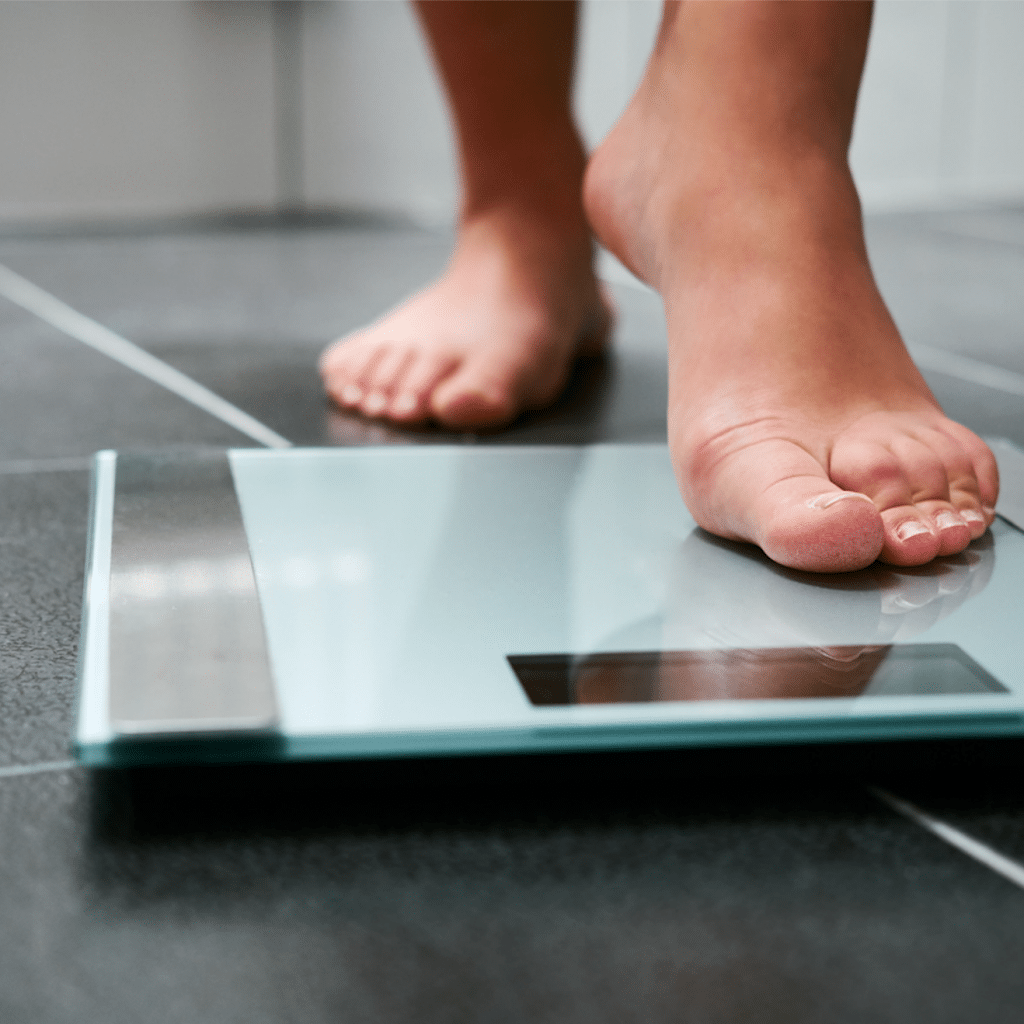In order to lose weight, you need to be in a calorie deficit. (But you already knew that, right?) The big question is: how many calories should you be eating? This is the part where most folks get lost. We’re going to break it down for you and make it easy. Well, the calculations, anyway. ;)
Most experts agree that the following formula works as a baseline for determining daily caloric needs.
- Bodyweight X 12 = weight loss
- Bodyweight X 14 = maintenance
- Bodyweight X 16 = weight gain
Before we plug in your numbers, let’s do a practice run. For this example, we’ll use a 150-pound person who wants to lose body fat. 150 X 12 = 1800 calories
Now, let’s divide her total calories by the number of meals she intends to eat throughout the day. 1800/4 = 450 calories at each meal
Dividing the total calories by the number of meals that you intend to eat is a simple way to ensure that you don’t eat 80% of your calories by lunchtime or only 42% by bedtime.
Obviously, this is only a starting point. No two people have the same metabolism or activity level, but this simple formula does provide an adequate starting point.
Now let’s do you.
Not sure what you weigh? Hop on a scale. If you don’t have access to a scale or don’t want to weigh yourself, do your best to estimate. For the purposes of this equation, it’s better to slightly overestimate rather than underestimate.
Bodyweight X 12 = daily caloric allowance _____ X 12 = ________
Okay. That is the number of calories you should be eating (on average) each day.
If you want to really jump start things, you can multiply your bodyweight X 10 for the first couple of weeks. _____ X 10 = _______
Now it’s up to you. Mindfulness is the most important part of a healthy diet, and keeping a food journal is a great way to become more mindful.
We recommend My Fitness Pal, a free online food journal and app. It has an enormous database, so it’s fast and easy to enter foods. Additionally, MFP automatically calculates macronutrient percentages (protein, carbs, and fat) and instantly provides you with an easy-to-understand pie chart. Focusing on macronutrients is Phase 2 so the pie chart will prove to be invaluable! Click here if you want to learn more about macronutrient goals.
Still have questions? Shoot us an email - we’d love to help


